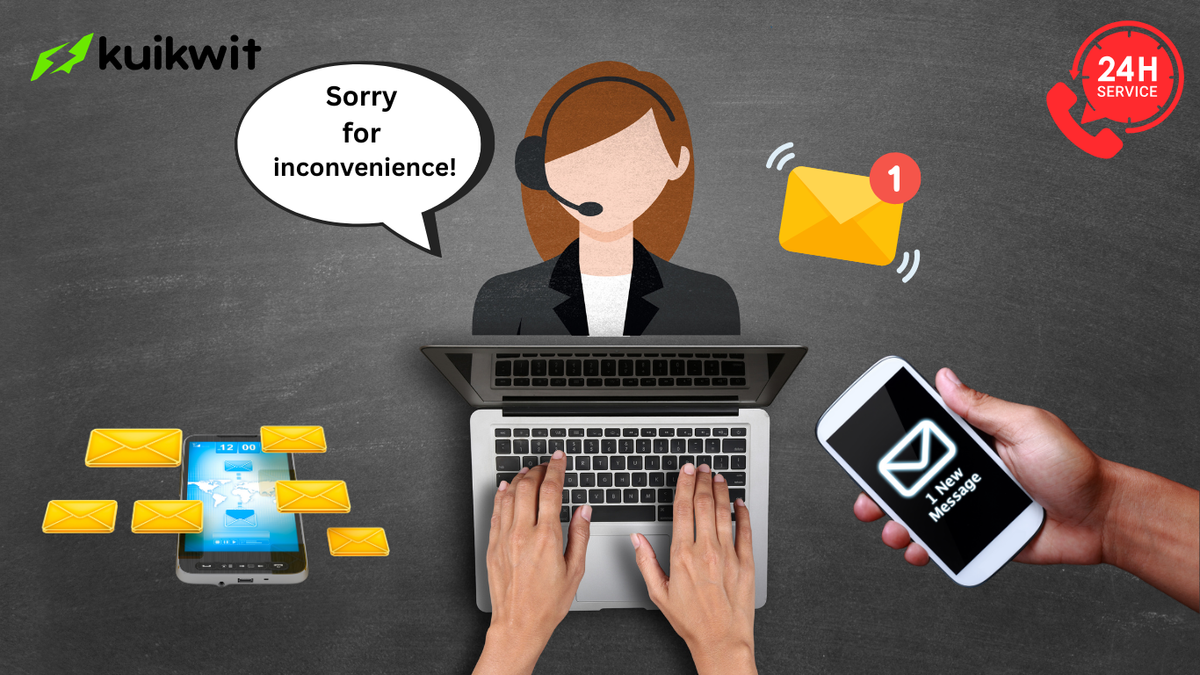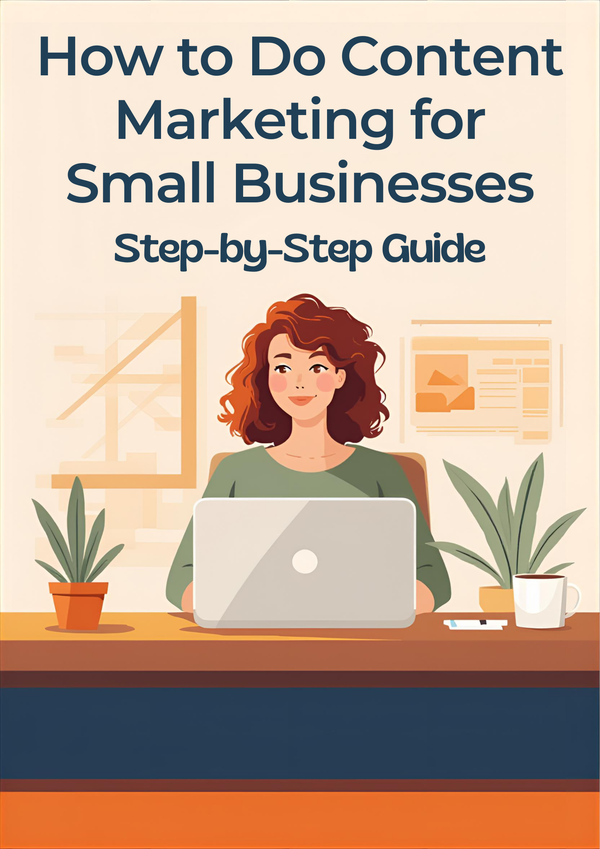How One Brand Turned Mistakes into Trust: The Power of “Sorry for the Inconvenience”
What is the meaning of “sorry for inconvenience”? Learn how this simple phrase works, builds trust, and improves customer loyalty with real stats.

Imagine this: A local shipping company accidentally delivers a high-value parcel late. The customer is frustrated missing a gift needed for a special day. The customer support agent promptly reaches out with a message: “Apologies for the inconvenience.
We’re arranging same-day re-delivery and a voucher for next time.” The customer’s frustration cools, and not only does she accept the solution, she ends up ordering again even recommending the service to friends.
I’ve been an expert copywriter for 5 years, and this kind of story reflects a powerful truth: What is the meaning of “sorry for inconvenience”? How does it work? and it shows how careful apologies can rebuild trust when things go wrong.
In this article, we’ll explore the mechanics and the magic behind those two phrases, why they matter, and how tools like Kuikwit (your all-in-one messaging hub) help you deliver them effectively.
What Is the Meaning of “Sorry for Inconvenience”? How Does It Work?
At its simplest, “Sorry for inconvenience” or “Apologies for the inconvenience” is a brief message acknowledging trouble or frustration caused to your customer. It does two things:
- Recognizes the customer’s feelings, showing empathy, and
- Signals that you’re taking action to fix things.
These small gestures can reset the tone of a difficult situation letting the customer feel heard and cared for.
The Trust-Building Power of Sincere Apologies
Why do these words work?
- They rebuild trust. Studies show sincere, correctly timed apologies, especially when followed by corrective actions, can restore or even enhance consumer trust after a mistake.
- They can lead to the service recovery paradox. This idea means that if you fix a problem the right way after something goes wrong, customers can end up trusting you more than if nothing had ever happened.
- They ease tension. Research suggests that structured, sincere apologies help calm upset customers and open the door to resolution.
- Correct timing matters. A study found that forgiving apologies are most effective when delivered after the customer has had a chance to share their frustration rather than too early or mechanistically.
How Businesses Can Use These Phrases to Build Trust
Here’s how to make "sorry for inconvenience" work for your brand:
1. Listen Before You Say Sorry
Give customers space to express their frustration. Only apologize after you understand their feelings. This shows genuine concern and fits with research on trust repair.
2. Be Specific & Sincere
Say something like, “We’re sorry for the inconvenience caused by the delay in delivery.” Generic apologies feel hollow. Clear and specific empathy means more.
3. Pair “Sorry” with Solution
An apology alone isn’t enough. Add how you’re fixing it:
“Apologies for the inconvenience your order will arrive by 3 pm today, and we’ve added a 10% discount to your account.”
This aligns with best practices in customer service and helps preserve trust and loyalty.
4. Use It Consistently, Across Channels
Whether the interaction starts by phone, live chat, email, or social media one consistent, sincere apology strategy helps build a unified brand voice.
How Kuikwit Helps You Send the Right Message at the Right Time
Kuikwit (your all-in-one messaging hub) helps teams manage messages from your website, Facebook, Instagram, WhatsApp, and more all from one place. When issues arise, it's your control centre for handling complaints, messaging empathetic apologies like “Sorry for the inconvenience”, and following up with solutions quickly and seamlessly.
Why This Approach Matters for Your Business
Great customer service doesn’t just solve problems it strengthens loyalty. Check out these stats:
- 93% of customers are more likely to purchase again if they received excellent service.
- 73% of customers stay loyal because of friendly service.
- 59% will abandon a brand after one bad experience.
Apologies, when handled well, act as emotional resets and with quick fixes in place, they can turn sour moments into moments of trust and retention.
Creative Apology Framework You Can Use Today
Here’s a simple structure you can follow in any channel:
- Listen: Let the customer speak.
- Acknowledge: “We understand how frustrating this is...”
- Apologize: “We’re sorry for the inconvenience.”
- Explain & Fix: “This happened because… and here’s how we’re resolving it…”
- Follow-up: Say “thank you” or offer a small token, and confirm it’s resolved.
Conclusion
In business, things can go wrong but your response defines your reputation. Saying “Sorry for the inconvenience” isn’t just polite it’s trust-building. When delivered at the right time, with sincerity and action behind it, it doesn't just mend the moment it can elevate it.
With tools like Kuikwit (your all-in-one messaging hub), you can send the right message from any channel, all in one place, building trust with every interaction. So, next time something goes off-track, won't you choose to apologize effectively and turn challenges into trust?




